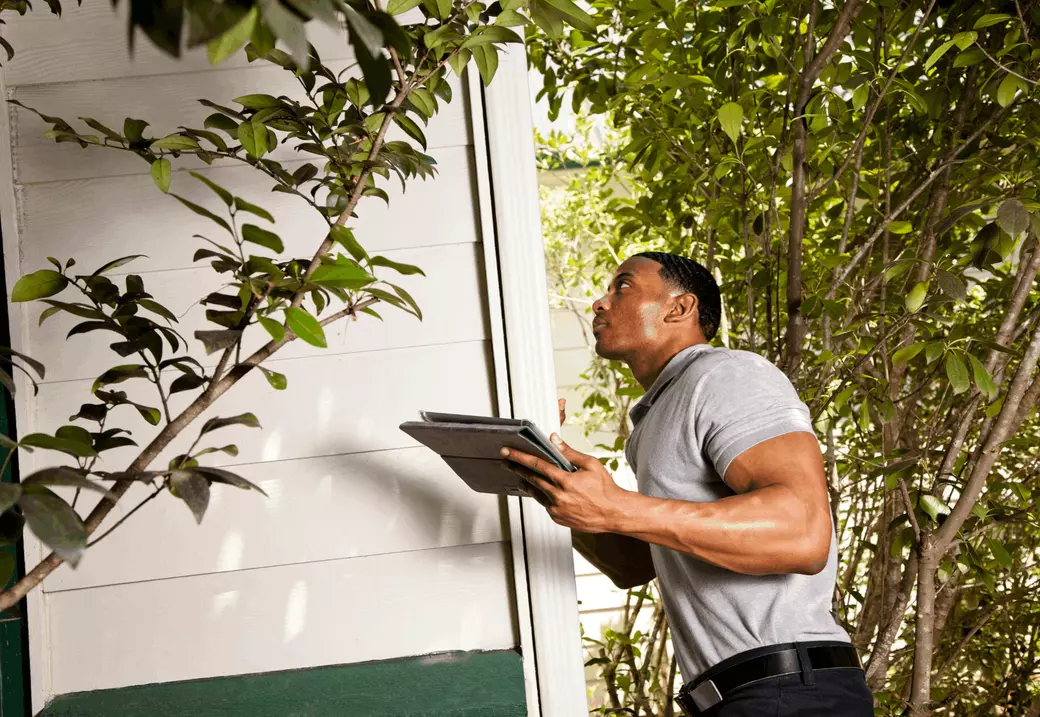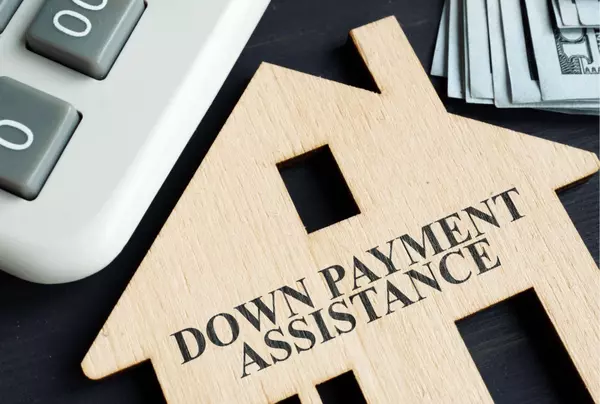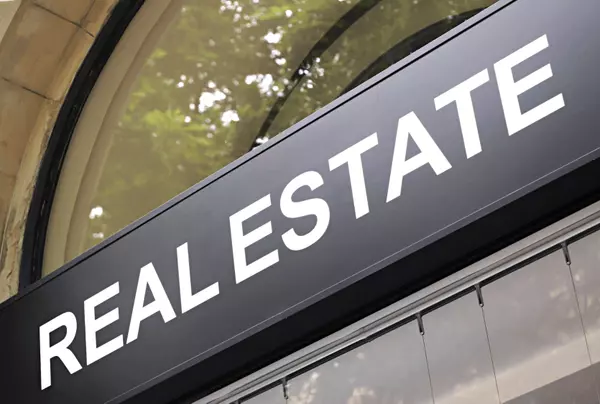What should I look for during a home inspection?

1. Structural Integrity
2. Roof Condition
3. Plumbing System
Ensure the plumbing system is in good working order. Look for leaks under sinks, around toilets, and in the basement or crawl space. Check the water pressure and test all faucets, showers, and toilets. Plumbing repairs can be expensive and disruptive, so it's vital to identify any issues early.
4. Electrical System
An outdated or faulty electrical system can be dangerous. Inspect the electrical panel for any signs of damage or outdated wiring. Ensure all outlets and switches work correctly and check for any exposed wires or electrical issues.
5. HVAC System
The heating, ventilation, and air conditioning (HVAC) system is crucial for maintaining a comfortable home environment. Test the HVAC system to ensure it's functioning correctly. Look for signs of wear and tear, strange noises, or inadequate heating or cooling.
6. Insulation and Ventilation
Proper insulation and ventilation are essential for energy efficiency and preventing moisture problems. Check the insulation in the attic and walls, and ensure there is adequate ventilation in the attic and crawl spaces. Poor insulation and ventilation can lead to higher energy bills and moisture-related issues like mold.
7. Windows and Doors
Inspect all windows and doors for proper operation. Look for signs of rot, damage, or drafts. Ensure they seal correctly to prevent air leaks and improve energy efficiency. Replacing windows and doors can be a significant expense, so it's essential to assess their condition.
8. Exterior and Landscaping
Walk around the exterior of the home and assess the condition of the siding, paint, and trim. Check for any signs of water damage, rot, or pest infestation. Evaluate the landscaping for proper drainage to prevent water from pooling around the foundation, which can lead to structural issues.
9. Interior Spaces
Inside the home, look for signs of water damage, mold, or mildew. Check the ceilings, walls, and floors for any stains, cracks, or other damage. Pay attention to any unusual odors, which can indicate hidden problems like mold or pest infestations.
10. Appliances and Fixtures
Test all built-in appliances, such as the stove, oven, dishwasher, and garbage disposal, to ensure they're working correctly. Inspect all light fixtures, ceiling fans, and other installed features for proper operation and condition.
Conclusion
A comprehensive home inspection can save you from unexpected repairs and costly issues down the line. As your real estate agent, I'm here to guide you through the process and help you make an informed decision. If you have any questions or need recommendations for reputable home inspectors, please don't hesitate to reach out. Your dream home awaits, and together, we'll ensure it's everything you hoped for.
Recent Posts











